|
The avalanche happened on the Palisades side of the ski resort around 9:30 a.m. Wednesday SOUTH LAKE TAHOE, California. A man is dead after an avalanche at Palisades Tahoe Wednesday morning. The avalanche happened around 9:30 a.m. above the GS bowl area of KT-22 on the Palisades side of the resort. Search and rescue operations have since concluded and the Placer County Sheriff’s Office says the avalanche caused one fatality. The man was identified by the sheriff's office as Kenneth Kidd, 66 of Point Reyes and the Tahoe Truckee area. Palisades Tahoe confirmed he was a skier. alisades says three other people had non-life-threatening injuries and they've already been released. Of those people impacted, Michael Gross, vice president of Mountain Operations, said two of the people were caught in the slide but ultimately removed. The two others were buried in the snow, one of which was Kidd.The sheriff’s office says no other missing people have been reported and their thoughts are with the family members of the deceased."This is a very sad day for my team and everyone here. This a dynamic situation. We're still undergoing an investigation. We have to a lot to learn," said Dee Byrne, president of Palisades Tahoe.KT-22, the area where the avalanche happened, had just opened for the season 30 minutes earlier. Gross said avalanche control assessment has been ongoing since Sunday, with crews evaluating conditions and setting up safety markers. The debris field is 50m wide, 150m long and 3m deep. The mountain is closed for the rest of the day. Source www.abc10.com
0 Comments
Some observations from public! Thanks @cappo.ski.tweedie for the balcony report! We found similar results but 3 buried layers of surface hoar and slightly deeper snow.
Skier airs into Harris,s Horror at Mt Hotham , lands below the cornice, and boom Avvy, it happened at 9.30 am Sat 26th at Hotham Mountain, He tried to ride out sideways but the Avvy grabbed him like a Snake and tore both skis from his feet, he was buried twice as he was rolled in the path and hit small snow gums and ended in the creek which almost buried him completely he was able to dig himself out but he was with two other riders, the skier was taken 150 meters in the slide final depth was 3m approx , no injuries, watch out if your in the mountains , a fair Wak of wind loaded snow out there , this is a southerly face
Lets see how your good your mountain knowledge is ? |
AuthorWe gather articles from around the globe. Archives
January 2024
Categories |
Location |
|
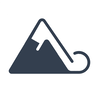
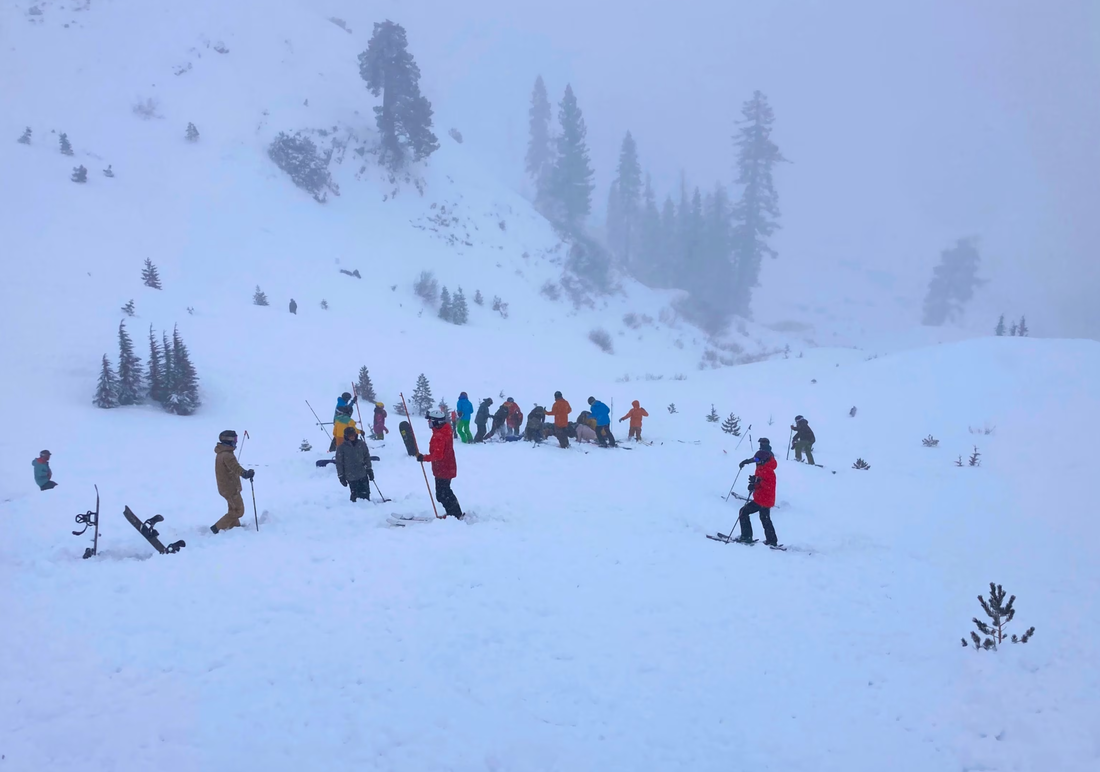
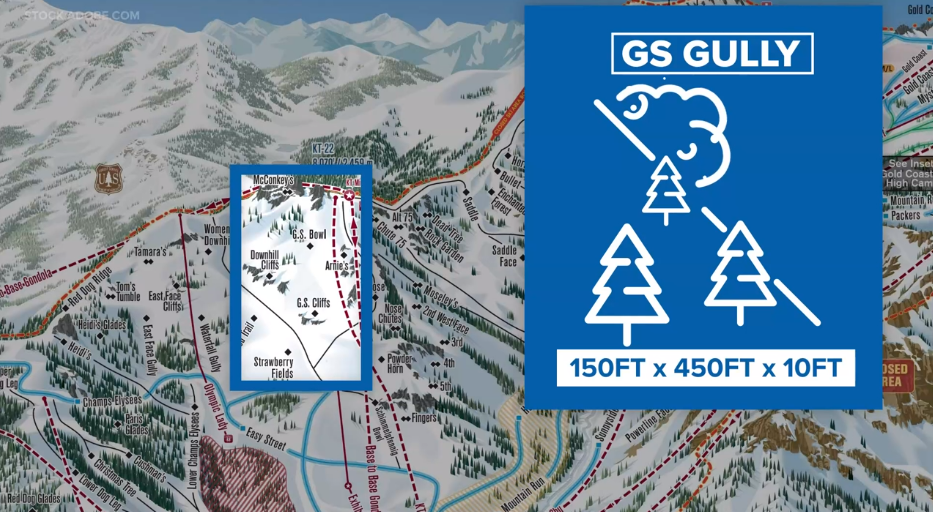

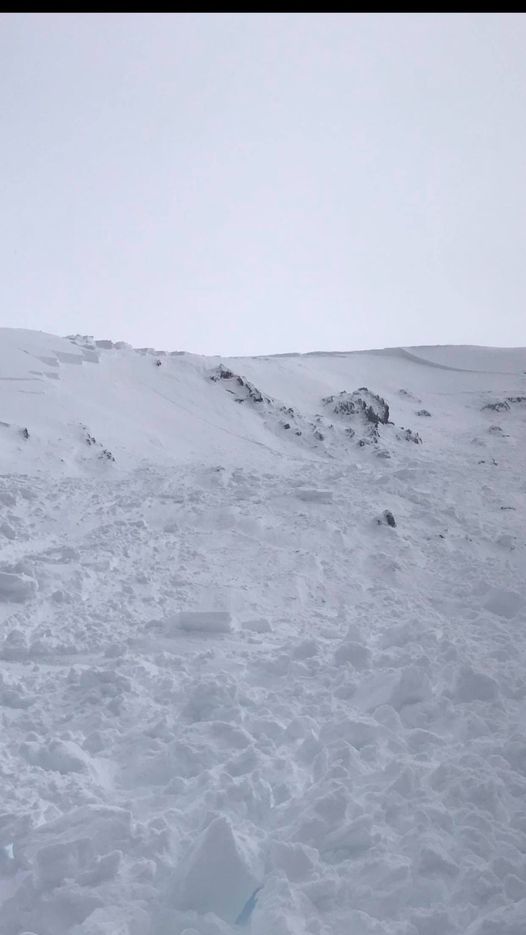
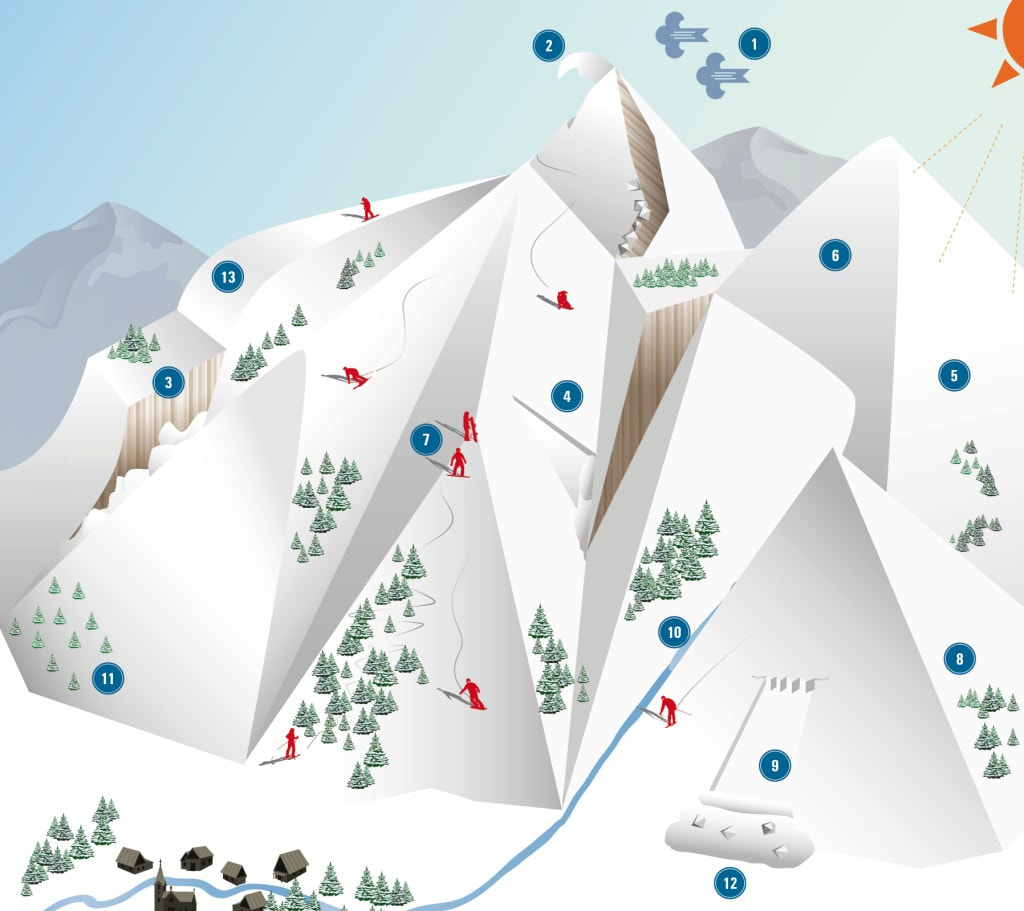
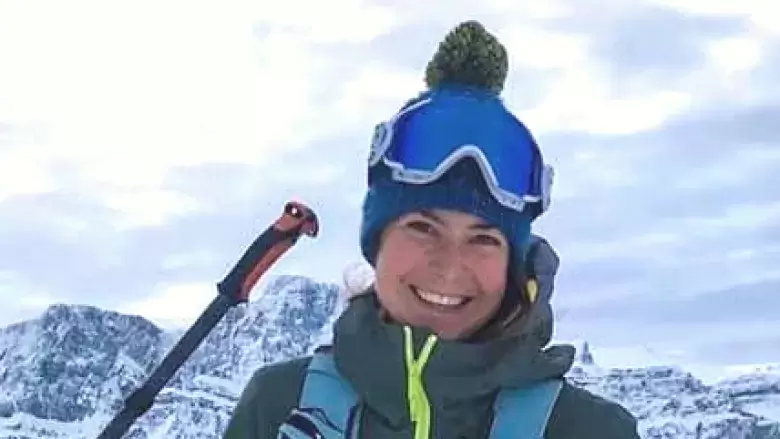
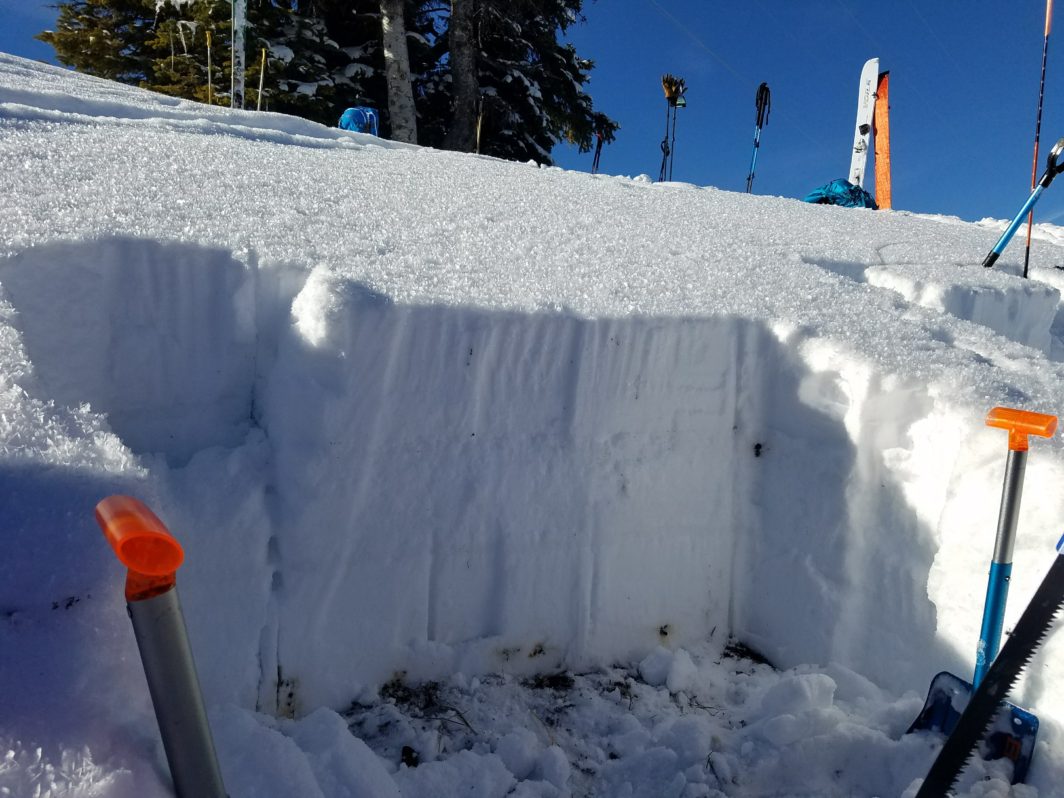
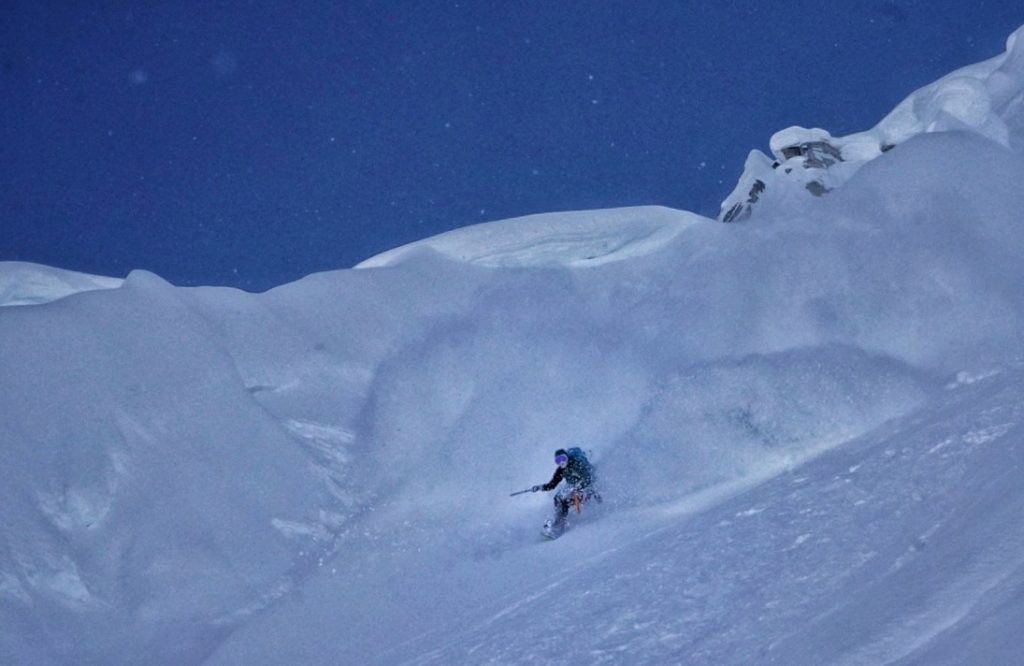
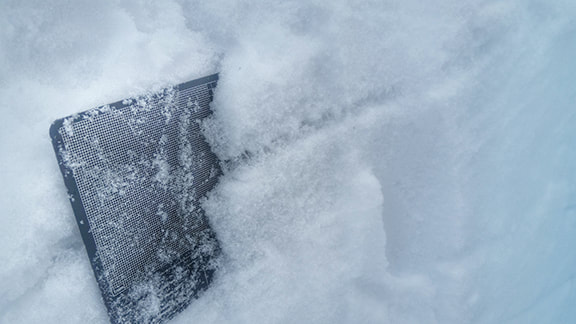
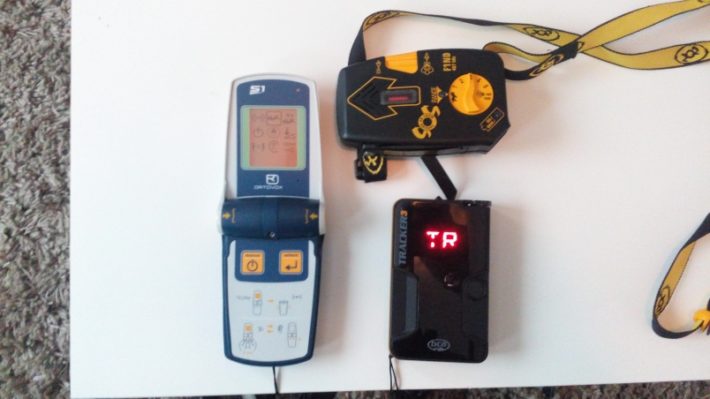
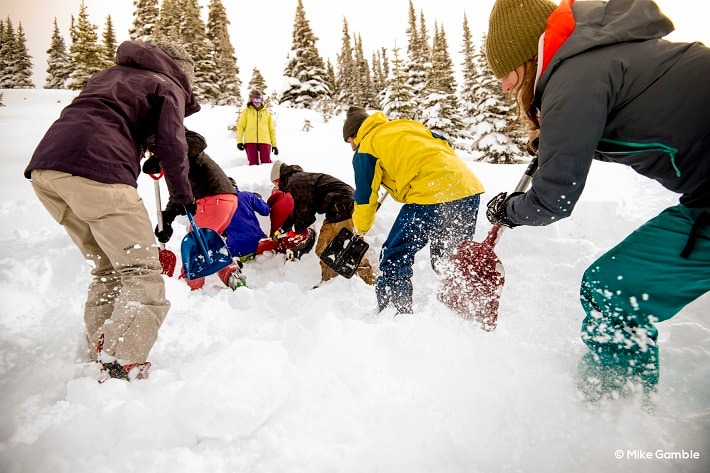
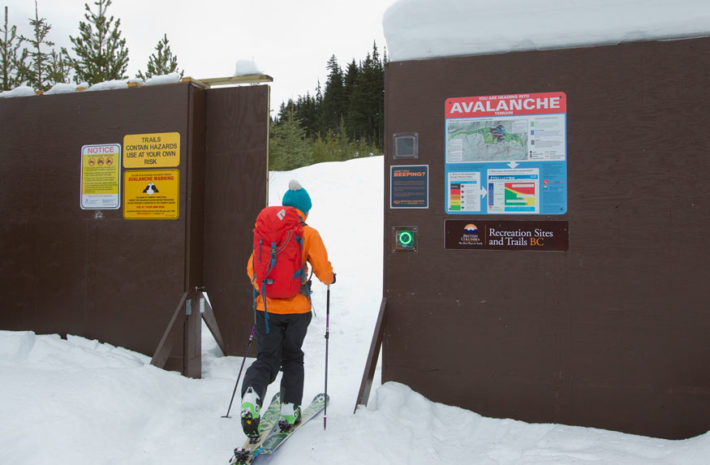
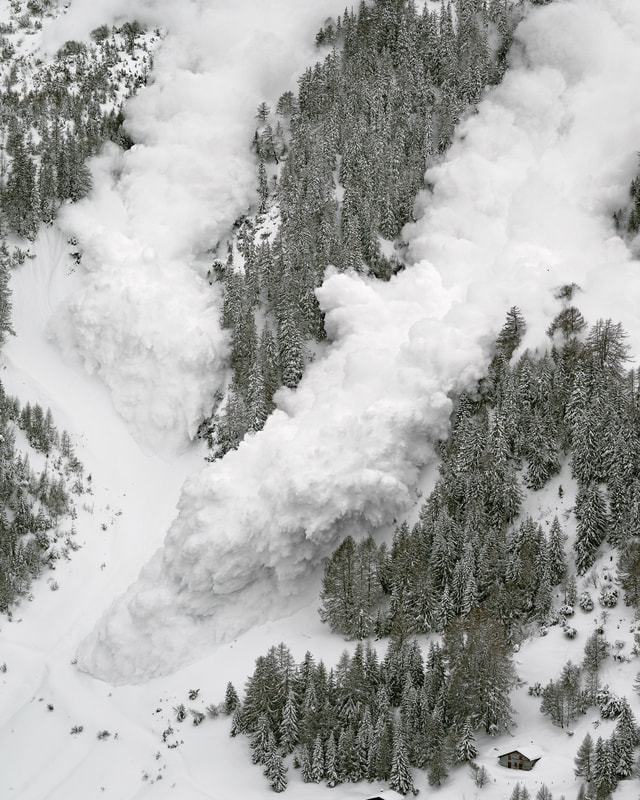
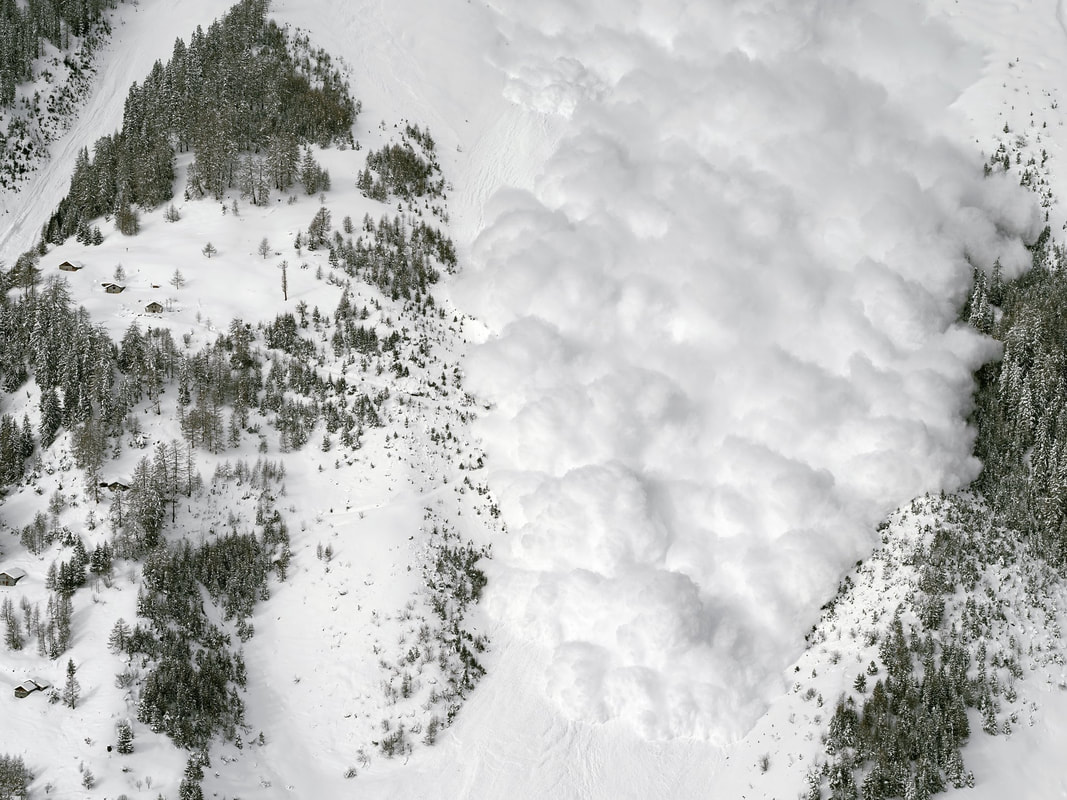
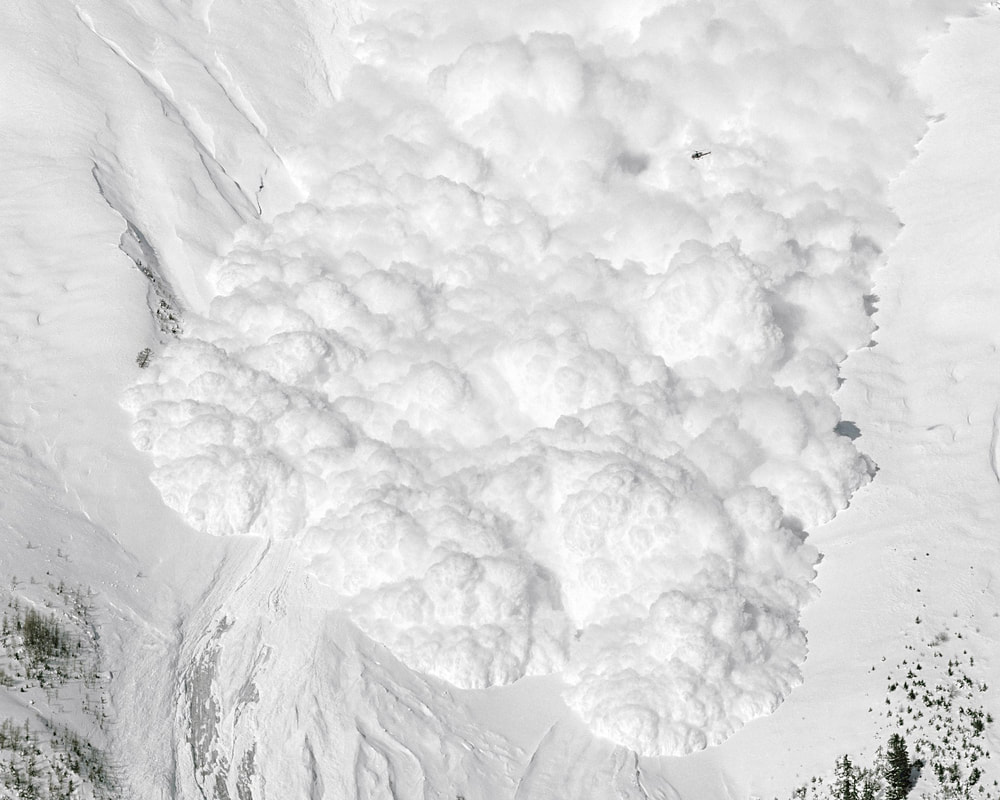
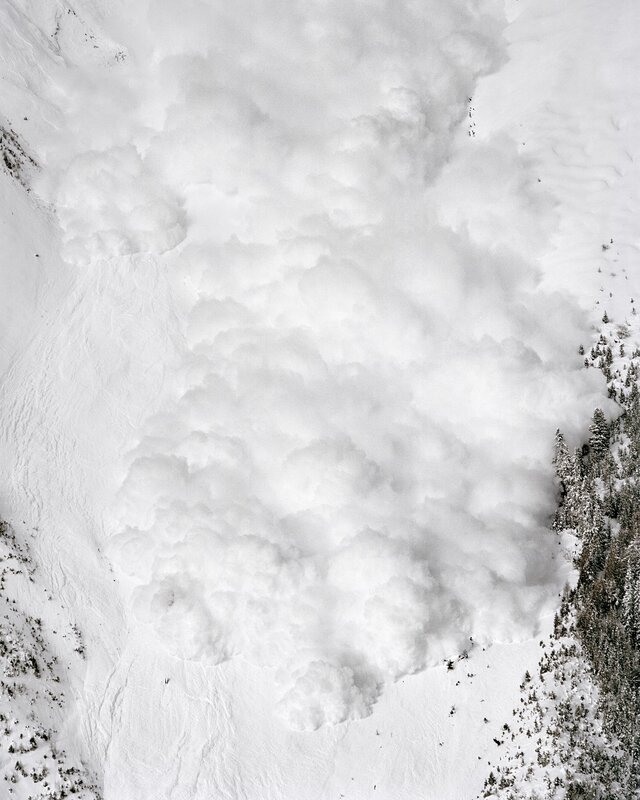
 RSS Feed
RSS Feed